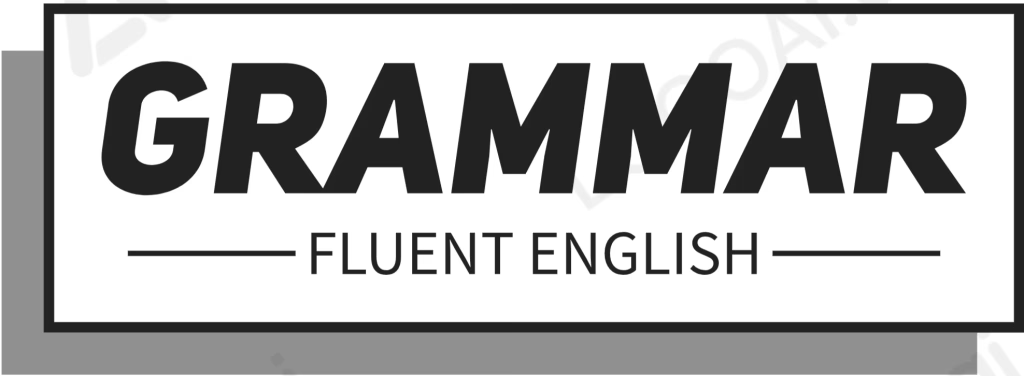The present continuous tense is used to describe actions that are happening at the moment of speaking or actions that are ongoing. It is formed using “am/is/are” followed by the present participle (verb + ing), like in “They are watching a movie.” This tense emphasizes the current, ongoing nature of an action, unlike the simple present tense, which is used for habitual actions or general truths.
The present continuous tense in English is used to describe actions or states that are currently in progress or are ongoing. The structure of a present continuous sentence is:
Am/Is/Are + present participle
Let’s explore some examples to understand this better:
Example 1:
I am reading a book.
This sentence indicates that the speaker is in the middle of the action of reading a book right now. The action is happening at the moment of speaking.
Example 2:
She is cooking dinner.
This is an example of the present continuous used for an ongoing action. The action of cooking dinner is currently taking place.
Example 3:
They are playing soccer in the park.
This sentence shows an action that is happening right now. The action of playing soccer is occurring as we speak.
Example 4:
We are not watching TV at the moment.
This sentence expresses a negative ongoing action. The speaker and their companions are currently not engaged in the activity of watching TV.
Example 5:
If you are looking for your keys, they are on the table.
This is an example of the present continuous used in a conditional sentence. It suggests that the action of looking for the keys is currently happening.
The present continuous is formed by using “am/is/are” followed by the present participle of the verb. It’s crucial to use the correct form of the verb to maintain the tense.
Incorrect: She are reading a book.
We can see that the present continuous is often used to talk about actions happening right now, temporary situations, and future plans.
The words “now,” “currently,” “at the moment,” “today,” and “this week” are commonly used with the present continuous to add context about the timing of the action.
Present Continuous Sentence Examples
- I am studying for my exams. (The action of studying is happening right now.)
- She is running in the marathon today. (She is currently participating in the marathon.)
- They are building a new house. (The construction of the house is ongoing.)
- We are having lunch at the moment. (The action of having lunch is happening now.)
- He is not working today. (He is not engaged in work currently.)
- The children are playing in the garden. (The children are engaged in playing right now.)
- I am learning to play the guitar. (The action of learning is ongoing.)
- She is shopping for groceries. (The action of shopping is happening at this moment.)
- We are traveling to New York next week. (This is a future plan expressed in the present continuous.)
- He is reading the news online. (The action of reading is happening currently.)
- The teacher is explaining the lesson. (The explanation is taking place now.)
- They are discussing the new project. (The discussion is ongoing at the moment.)
- I am not feeling well today. (The state of not feeling well is current.)
- She is planning her vacation. (The planning is happening right now.)
- We are waiting for the bus. (The waiting is ongoing at this moment.)
- He is playing the piano. (The action of playing the piano is happening now.)
- The students are preparing for the exam. (The preparation is currently taking place.)
- You are always losing your keys. (This describes a repeated action in the present continuous to express annoyance.)
- I am visiting my grandparents this weekend. (A future plan expressed in the present continuous.)
- She is thinking about moving to a new city. (The thought process is happening now.)
The present continuous tense is versatile and is essential for describing ongoing actions, temporary situations, and near-future plans. Using this tense accurately helps convey the immediacy and ongoing nature of actions and states in English.
Related Articles:


Leave a Reply